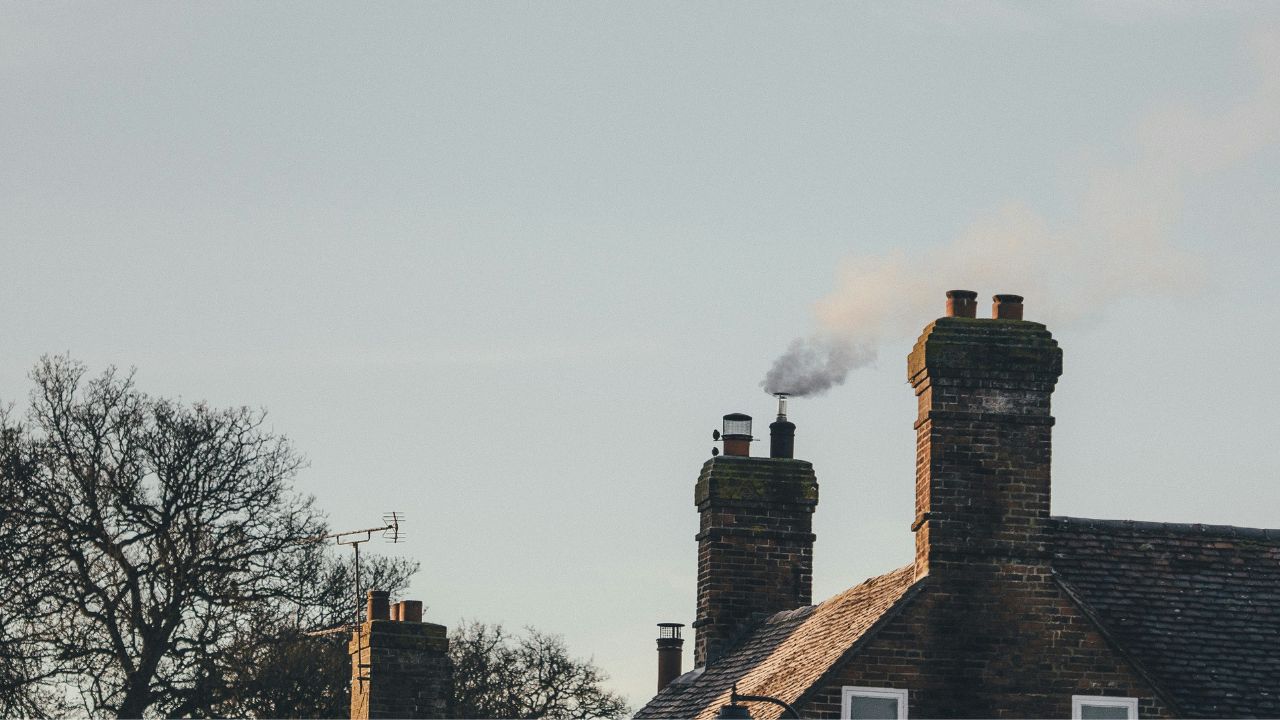What is a Fireplace Liner? Understanding Its Importance and Benefits

A fireplace adds charm and warmth to any home, creating a cozy ambiance that's hard to beat. Maintaining the safety and efficiency of your fireplace involves more than just stacking logs and lighting a match. One critical component that often goes unnoticed is the fireplace liner.
What is a Fireplace Liner?
A fireplace liner, also known as a chimney liner, is a protective layer installed inside the chimney flue. It is typically made from materials such as clay tiles, stainless steel, or aluminum. The primary purpose of the liner is to contain and direct the combustion gases and smoke from the fireplace out of the house, preventing them from entering the living space or damaging the chimney structure.
Functions of a Fireplace Liner
Protects the Chimney Structure: The liner acts as a barrier that shields the chimney walls from the intense heat and corrosive byproducts of combustion. This protection helps prevent damage to the masonry, which can be costly to repair and compromise the structural integrity of the chimney.
Improves Efficiency: A properly sized and installed liner ensures that the chimney drafts efficiently. It creates a smoother path for the smoke and gases to exit, improving the fireplace's overall performance and reducing the amount of creosote buildup.
Enhances Safety: By containing the heat and byproducts within the flue, the liner reduces the risk of chimney fires and carbon monoxide poisoning. It helps prevent heat transfer to combustible materials surrounding the chimney, which can ignite and cause a house fire.
Prevents Toxic Gas Leakage: The liner prevents dangerous gases, such as carbon monoxide, from leaking into your home. This is particularly important for maintaining indoor air quality and ensuring the safety of the household.
Types of Fireplace Liners
Clay Tile Liners: These are traditional liners made from terracotta clay. They are durable and heat resistant but can crack over time due to thermal expansion and contraction.
Metal Liners: Typically made from stainless steel or aluminum, metal liners are durable and resistant to corrosion. They are often used in chimney repairs and upgrades due to their flexibility and ease of installation.
Cast-in Place Liners: These liners are created by pouring a cement like mixture into the chimney, which hardens to form a smooth, seamless surface. They provide excellent insulation and structural support.
Signs Your Fireplace Liner Needs Attention
Cracked or Deteriorating Clay Tiles: Visible cracks in clay tile liners indicate that the liner is no longer effectively protecting the chimney and may need to be repaired or replaced.
Excessive Creosote Buildup: If you notice significant creosote accumulation, it could be a sign that your liner is not drafting properly, leading to inefficient combustion and increased fire risk.
Smoke Leakage: If you experience smoke entering your home from the fireplace, it may indicate a damaged or improperly sized liner.
Aging Chimney: Older chimneys may have deteriorated liners that need upgrading to meet current safety standards and efficiency requirements.
Benefits of Installing or Upgrading a Fireplace Liner
Enhanced Safety: A new or well maintained liner significantly reduces the risk of chimney fires and toxic gas leaks, providing peace of mind for homeowners.
Improved Efficiency: Upgrading to a modern liner can enhance your fireplace's efficiency, ensuring better draft and cleaner burning.
Extended Chimney Life: Protecting the chimney structure from heat and corrosive byproducts prolongs its lifespan, saving you money on potential repairs.
Compliance with Building Codes: Modern building codes often require chimney liners for safety reasons. Ensuring your chimney meets these standards can be crucial for home insurance and resale value.
A fireplace liner is a vital component of a safe and efficient fireplace system. Whether you have a wood burning, gas, or bio ethanol fireplace, ensuring that your chimney is properly lined can protect your home from fire hazards, improve heating efficiency, and maintain indoor air quality. If you suspect issues with your fireplace liner or are considering an upgrade, consult with a professional chimney sweep or fireplace specialist to assess your needs and ensure your home remains warm and safe.
The Ash pan World blog provides general information only and is not a substitute for professional advice. Consult qualified professionals for specific issues. Ash pan World is not responsible for any harm or damage from following blog advice. Use of this information is at your own risk. We are not liable for content on external linked websites.
